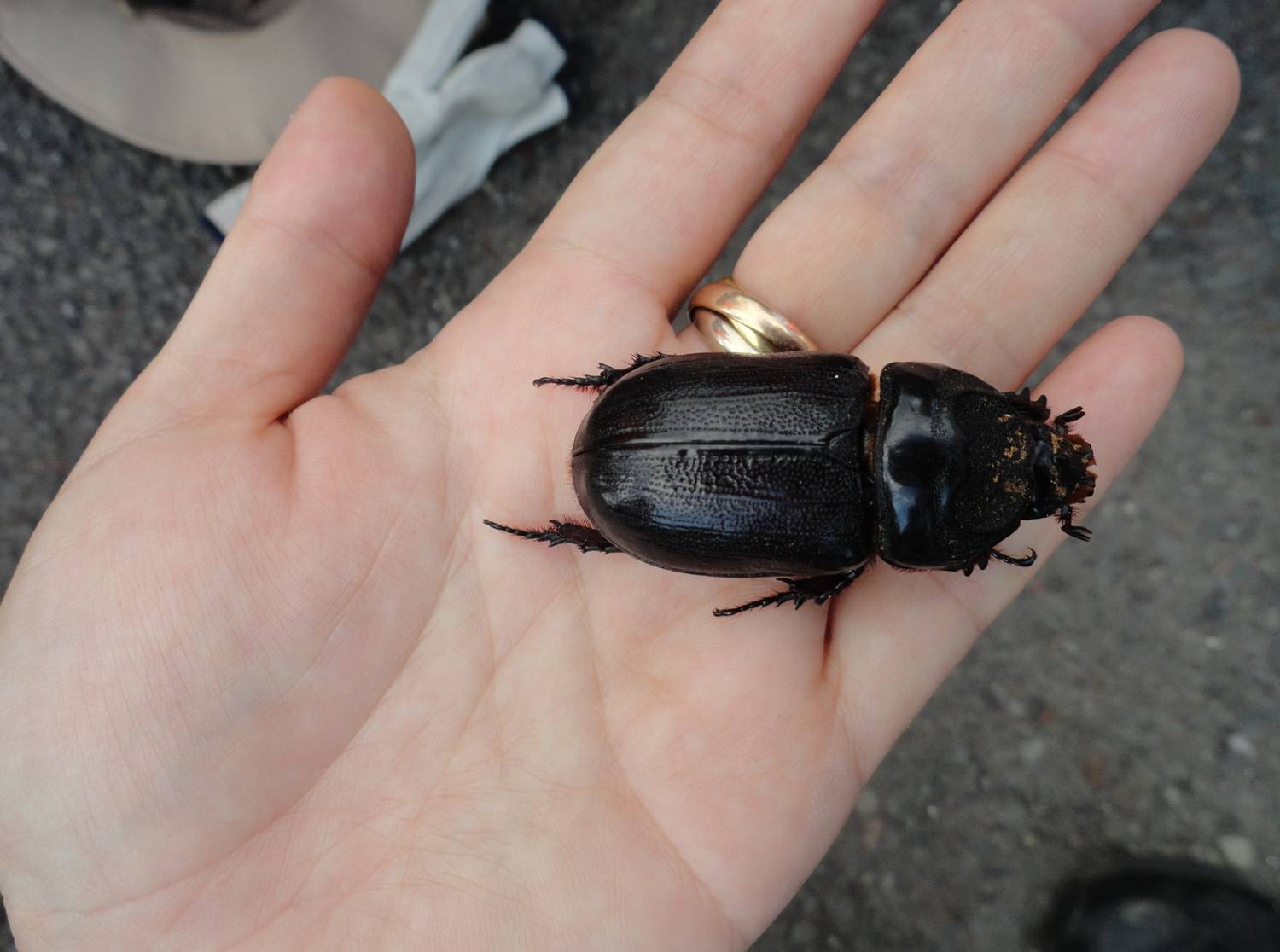

The re-emergence of CRB as a serious pest warrants a rigorous re-evaluation of potential BCAs and a new search for effective natural enemies if necessary.

Recently a new biotype of the beetle, known as CRB-G, has spread into the Pacific Islands causing unprecedented levels of damage due to the failure of previously successful biological control agents (BCAs) to suppress this biotype. Release of the Oryctes rhinoceros nudivirus Huger (OrNV) and the species complex of Metarhizium Sorokin (Hypocreales: Clavicipitaceae) was successful in controlling CRB in its invaded range. In the 1950s and 1960s, an international biological control effort was initiated to search for and release natural enemy species. It has since spread to several Pacific island nations and territories, causing significant economic impact on these important coconut and palm-growing regions. The insect is native to South and Southeast Asia and was inadvertently introduced into the Pacific in 1909. Adults bore into the crown and damage developing fronds, which affects tree development and yield. The coconut rhinoceros beetle (CRB: Oryctes rhinoceros Linnaeus) is one of the most damaging pests to coconut and oil palms in Asia and the Pacific Islands.


 0 kommentar(er)
0 kommentar(er)
